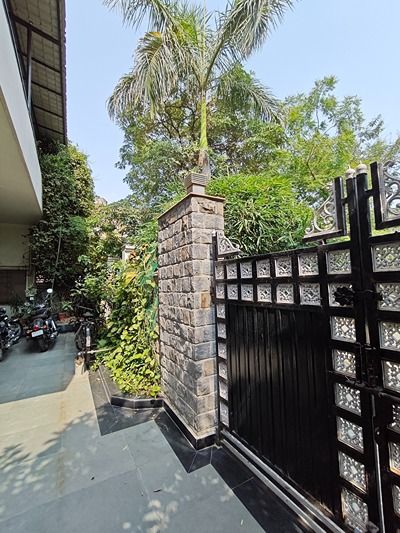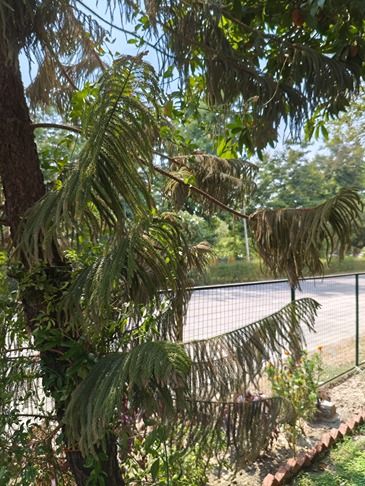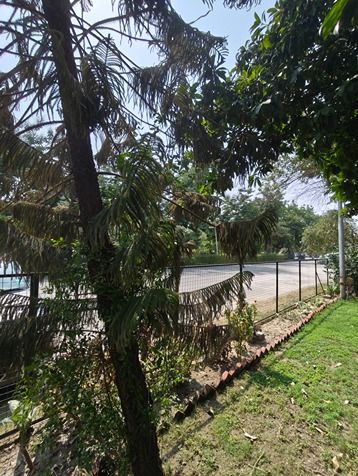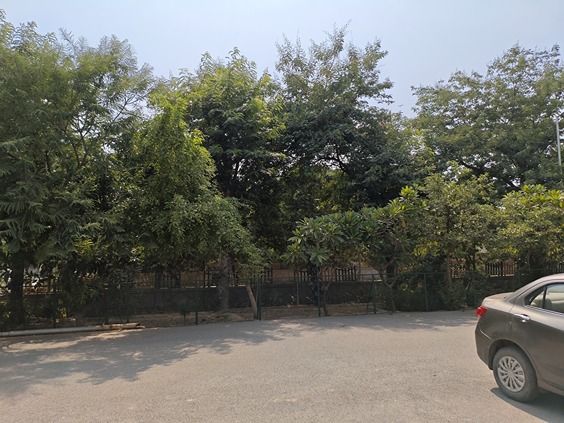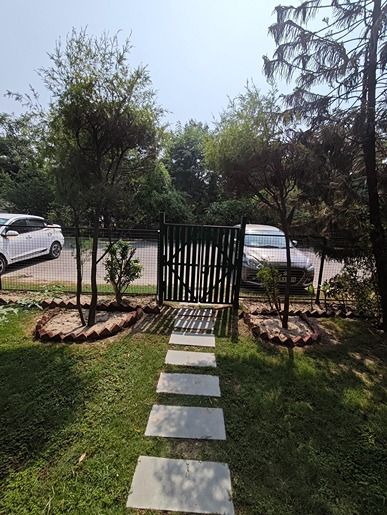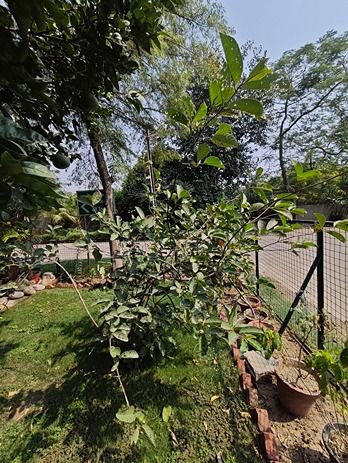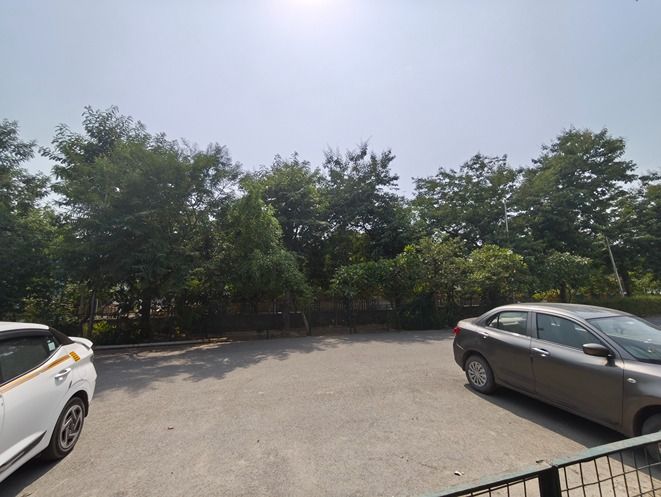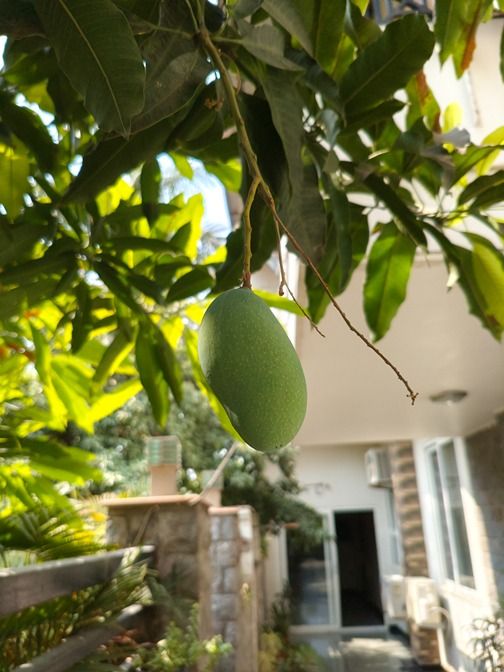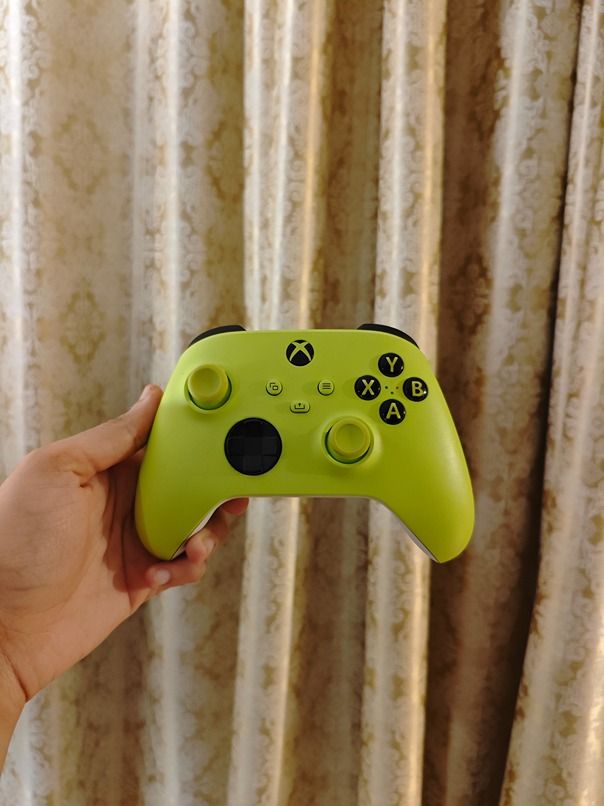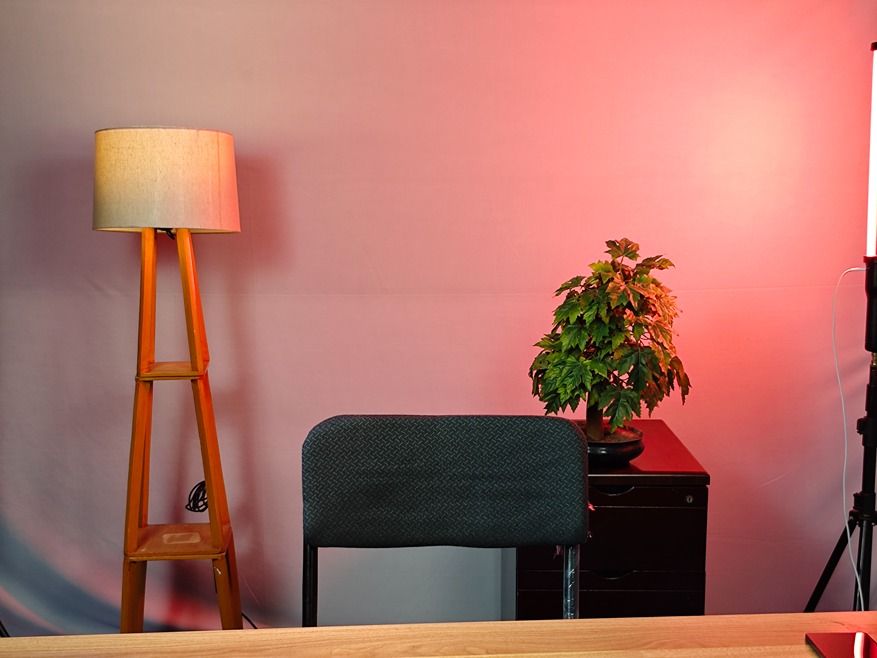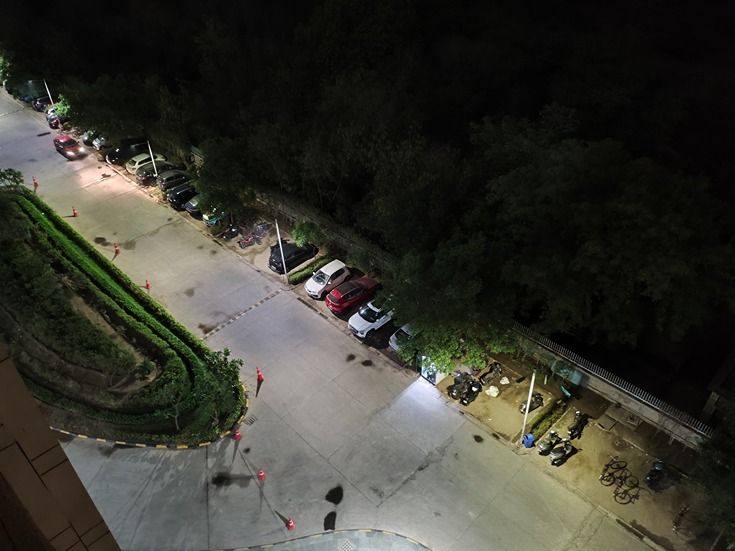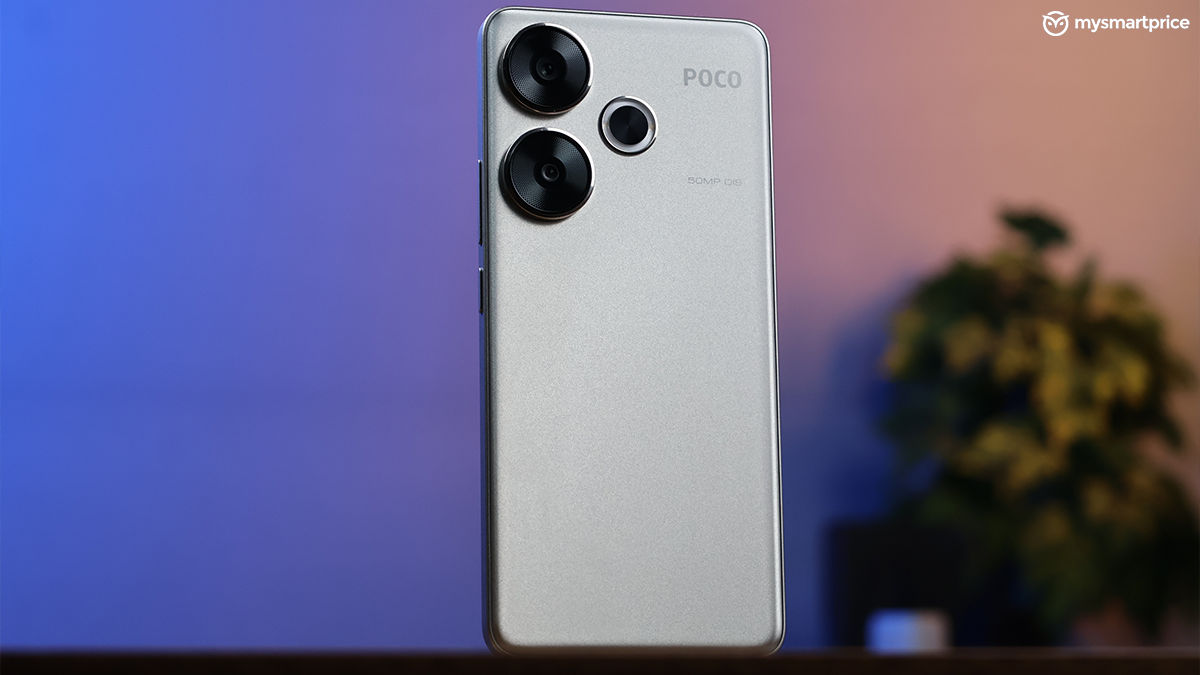
The sub-Rs 30,000 price segment offers various options catering to different consumer types. The Poco F6 parachutes into this battleground with hopes to carry forward the legacy of the ‘F’ series as a performance monster. Following its usual tradition, the F6 offers some of the best and latest hardware at a mid-range price. It debuts the newly launched Qualcomm Snapdragon 8s Gen 3 and offers the fastest charging solution on a Poco device. So, considering the competition, is it the default choice in this segment? Let’s find out in my review.
Poco F6 Review: Price and Availability in India
The Poco F6 is available in three different variants in India. The phone can be purchased from Flipkart. While the starting price is around Rs 30,000, you can avail of card and exchange offers to lower the price.
| Variants | Price in India |
| 8GB RAM + 256GB | Rs 29,999 |
| 12GB RAM + 256GB | Rs 31,999 |
| 12GB RAM + 512GB | Rs 33,999 |
Poco F6 Review: Design and Display
Our review of the Poco F5 stated that the device “lacked a serious design”. That’s sadly true for its successor, too. The F6 sports two large camera rings at the back, accompanied by a third smaller one that houses the flashlight. These rings slightly protrude, but the phone does not wobble much when used on a flat surface. While the Poco F5 offered some interesting patterns on its back panel, the F6 comes in a bland Titanium colourway, which does nothing special to set it apart.
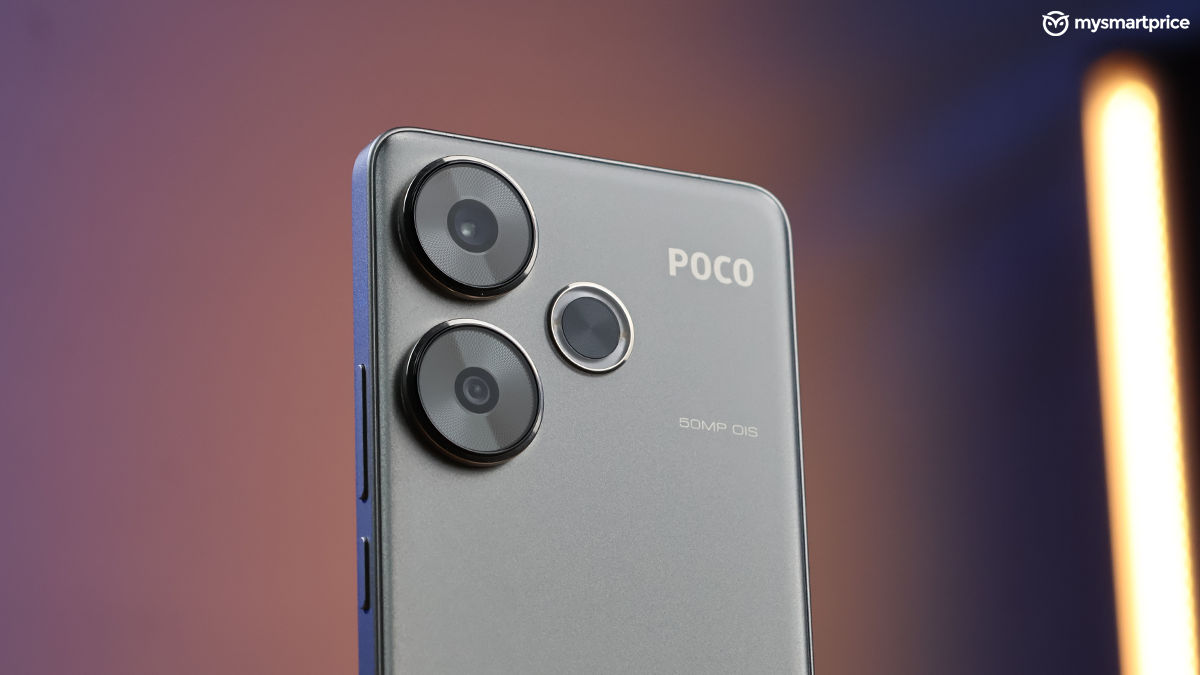
| Design | Specifications |
| Weight | 179 grams |
| Thickness | 7.8mm |
| IP Rating | IP64 |
| Port and button placements | Bottom: USB Type-C port, primary microphone, SIM tray, and speaker grille
Top: Speaker grille, secondary microphone, and IR blaster |
The back is entirely plastic and offers a coarse texture that keeps fingerprints and other smudges away. The back curves into the flattened sides coated in a matte finish, making it easier to grip the phone. The F6 is also extremely lightweight for a phone in 2024. The weight distribution is also excellent, so your wrists don’t scream for help at the end of a long Instagram scrolling session.

While all that is good, opting for other materials such as vegan leather, could’ve helped the F6 provide a more premium experience. However, it’s also understandable that the latest hardware comes at a cost, so you must sacrifice something.
That said, it’s worth noting that the F6 gets an upgraded IP rating in the form of IP64, so your phone should be slightly safer around water and dust. The buttons and port selection are mostly the same; you get the beloved IR blaster that comes in handy to pull off a prank at any time. However, the F6 skips out on a 3.5mm headphone jack which was available on its predecessor.
| Display | Specifications |
|---|---|
| Size | 6.67-inch |
| Type | AMOLED |
| Pixel density | 446 PPI |
| Resolution | 1220 x 2712 pixels |
| Refresh rate | 120Hz |
| Peak brightness | Claimed: 2400 nits, Tested: 1814 nits |
| Minimum brightness | 21 nits |
| Display protection | Corning Gorilla Glass Victus |
| Others | Dolby Vision, HDR10+, 100% DCI-P3 colour gamut, 1920Hz PWM dimming |
The display on the Poco F5 was already excellent, and with the F6, they have amped it up a bit more. It sports an AMOLED display and comes in the same size but with a resolution upgrade and a much brighter panel. It can go up to a 120Hz refresh rate, so the scrolling experience is smooth.

The F6 also offers a few AI settings such as “Super resolution” and “AI HDR enhancement”. The former essentially upscales the resolution of the videos but at the cost of battery life. The latter plays on the dynamic range of the content on the phone and processes it in a way that helps the details pop into the screen’s lighter and darker areas. The phone also offers other display settings like sunlight mode, and advanced textures, etc.
Watching content on it was a delight. The display gives you the freedom to choose between multiple colour schemes. The colours were neutral and not overly punchy, offering good viewing angles. It also supports HDR 10 and Dolby Vision on Netflix straight out of the box.

You also get a Corning Gorilla Glass Victus layer, which should help save the display from accidental drops. The stereo speaker setup can get quite loud, with good clarity. There’s not a lot of emphasis on the bass, but it should suffice for casual video-watching.
Poco F6 Review: Performance and Software
The Qualcomm Snapdragon 8s Gen 3 debuts in the Poco F6. It’s essentially built on the same framework as the flagship chipsets. It also introduces a handful of AI capabilities to the mid-range segment. That said, the F6 does not offer any revolutionary AI features, barring a few for the display.
| Hardware | Specifications |
| Processor | Qualcomm Snapdragon 8s Gen 3 |
| RAM | Up to 12GB LPDDR5X |
| Storage | Up to 512GB UFS 4.0 |
| Storage Test | 170889 |
| CPU Throttling Test | 86 per cent of its max performance |
| Geekbench 6 | Multi-core – 4669, Single core – 1859 |
| Software version | Xiaomi HyperOS based on Android 14 |
| Connectivity details | Dual-band WiFi, Wi-Fi 6, Bluetooth 5.4, GPS |
Handling daily tasks and switching between multiple apps was a piece of cake for the phone. All this was reflected well in synthetic benchmarks, with the F6 easily topping the outgoing model. However, when pitted against the similarly-priced Realme GT 6T, the F6 falls slightly behind in the AnTuTu test.
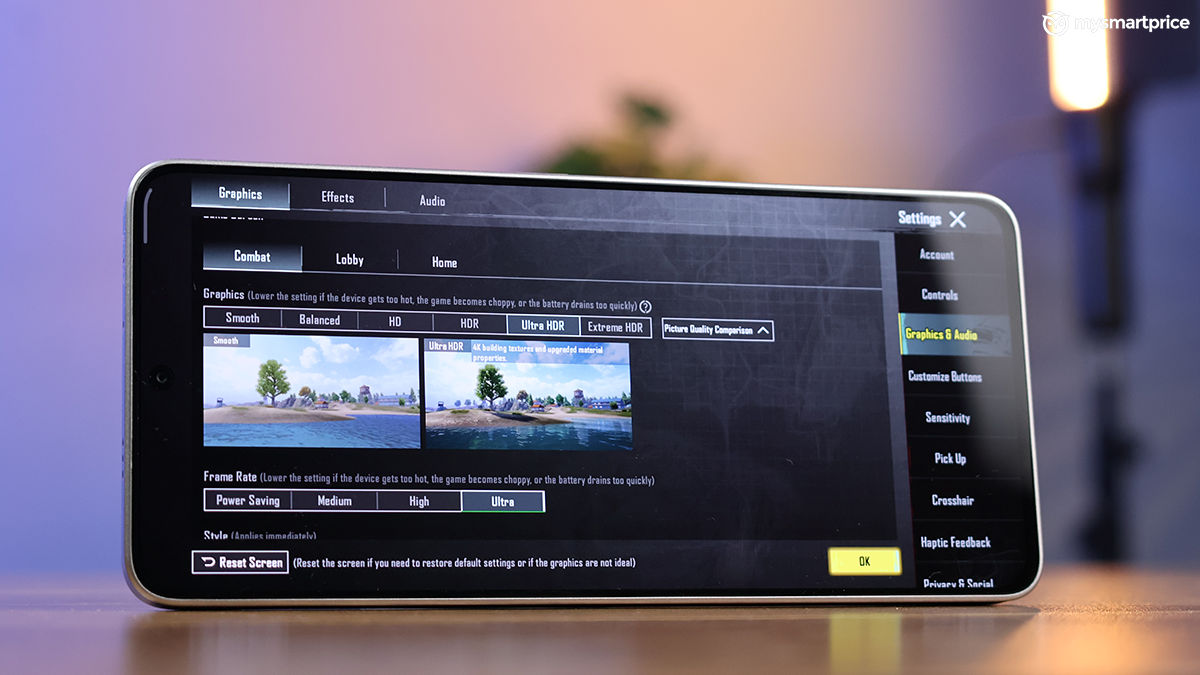
The F6 surpasses expectations compared to the Moto Edge 50 Pro, OnePlus Nord 3, and the iQOO Neo 7 Pro. The slightly higher-priced iQOO Neo 9 Pro, which comes with a flagship chipset, easily beats all of the above devices in this test.
The F6 handles gaming duties very well by offering almost all the necessary settings in BGMI and Call of Duty: Mobile. It can go all the way up to “Ultra HDR” graphics preset and “Ultra” framerate. While the phone gave a consistent performance, for the most part, I noticed a few random frame drops in the middle of the fight.
That said, this wasn’t the case throughout my gaming session. I’m guessing another update for BGMI might help with optimisation and the stability of frame rates.
However, the phone hit temperatures of 43 degrees Celsius during extended gaming periods. This was also the case when running a few benchmark tests despite sitting right below the air conditioner. These are not worrying numbers, but the back panel did get uncomfortable to hold.
The F6 runs on HyperOS based on Android 14. The software allows many customisation options, especially if you like to change your lock screen quite a few times. The whole experience of scrolling through the UI and opening apps is very smooth, and subtle animations add to the experience.
While that is great, the phone has a barrage of bloatware apps. To add to the misery, some of these keep sending spam notifications, which can get annoying. It will get three years of major software updates and four years of security updates, which is good.
Poco F6 Review: Cameras
The F6 features a dual-camera setup at the rear, led by a 50-megapixel primary camera. Photos captured during the day have excellent details and accurate colour reproduction. I like that the image processing does not go overboard by saturating the photos.
Photos have a balanced dynamic range, so the highlights in daytime shots are also not blown out. The camera is quick to focus and has a fast shutter. Portrait mode works exceptionally well here with accurate edge detection.
| Cameras | Specifications |
| Primary camera | 50-megapixel, Sony IMX882, f/1.59, OIS + EIS |
| Secondary camera | 8-megapixel ultra-wide angle camera, 119-degree, Sony IMX355 |
| Selfie camera | 20-megapixel, f/2.2 |
| Video recording capabilities | Up to 4K at 60fps and 1080p at 60fps |
The ultra-wide-angle camera captures images with a wider field of view, but the disparity in quality between the main shooter and this one is obvious. That said, it’s good to see no major colour difference. Photos also have a very low amount of distortion at the edges. The F6 uses the same Sony IMX355 sensor for the ultra-wide-angle camera as the OnePlus Nord CE4.
The main camera’s low-light performance is quite good, considering the price and the phone’s main focus on performance. Image processing does its best to maintain the details; however, it tends to add noise around the edges in challenging situations. Regardless, it’s still reliable for everyday use. The 20-megapixel selfie camera takes good photos if there’s an ample amount of light. That said, the F6 smoothens the details on my face despite disabling all the filters.
Poco F6 Review: Battery and Charging
The Poco F6 carries forward the same 5,000mAh battery from the outgoing model. That’s not necessarily bad because the phone provides a reliable screen on time. It easily lasts an entire day on moderate usage.
During a two-hour intensive gaming run, the F6 lost about 45 per cent of its battery. On the PCMark battery test, the F6 ran for about 12 hours and 39 minutes with the screen brightness set to 50 percent. These numbers are not extraordinary, with the Vivo V30e lasting two more hours.
While the box contains a 120W charger, the phone supports up to 90W. The F6 charges from dead to full in just 45 minutes, which is great.
Poco F6 Review: Verdict
It’s safe to say the Poco F6 carries forward the legacy of older models in this series. It supersedes its predecessors in some departments, such as the display and cameras. The F6 also guarantees amazing raw performance on tap with the Snapdragon 8s Gen 3 at its heart — and that’s exactly what we expect from it. It offers a good set of graphic options in both BGMI and Call of Duty: Mobile, which gamers will appreciate. However, the thermal management department could have been dealt with better.
The 5,000mAh battery inside the F6 is reliable and lasts an entire day. The 90W charging should also help juice it up sufficiently before heading to the office. HyperOS makes things more modern and minimal, and the software support is commendable —the spammy bloatware apps not so much.
At a starting price of Rs 29,999, the F6 jumps straight into the waters surrounded by sharks — and by sharks, I mean the Realme GT 6T. It offers a slightly superior display, a chunkier battery, faster charging, and performance close to the F6. If all these entice you, maybe the Realme GT 6T can be your pick.
Despite this fierce competition, the Poco F6 maintains a strong position. It is an excellent choice for gamers and those seeking a well-rounded device with a strong emphasis on performance.






